Second grade: What your child should know
No two kids are alike. It's OK for children to be at different levels. A child's unique differences should be welcomed and accepted. Also keep in mind, that a child's level of readiness in August will be very different from what it is in December, for example. It does, however, help to have a rough idea of which academic and social skills your child should acquire at his or her grade level.
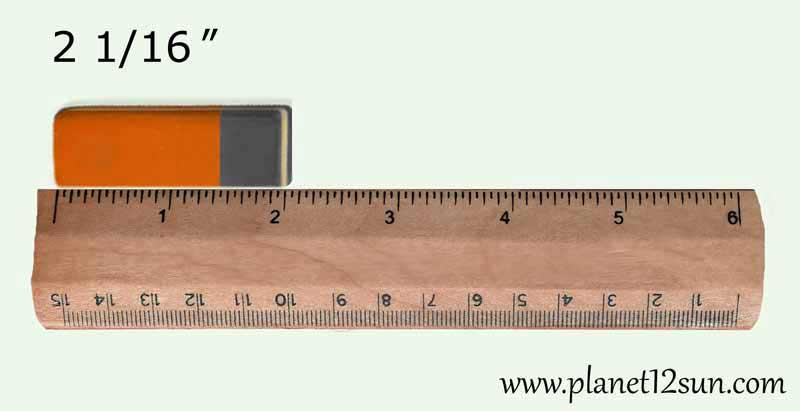
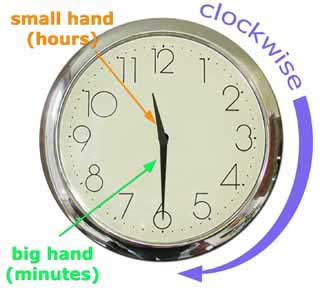
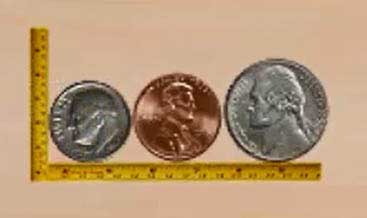
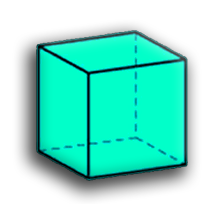
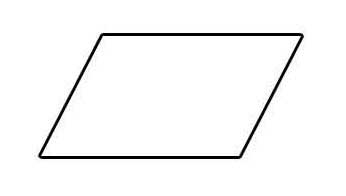
By the end of the year, you can expect your child to:
Math & Geometry & Measurement
- Count higher than 100
- Mentally add numbers to 10 and subtract to 20
- Recognize 2D and 3D shapes
- Tell time to the hour and half hour
- Tell time to the nearest five minutes
- Read thermometers and use measuring tools like rulers
- Understand calendar
- Know the days of the week and months of the year
- Understand money- coins and bills, count, add and subtract money
- Estimate and measure length, weight, and capacity
- Become familiar with the concept of symmetry
- Learn about even and odd numbers
- Read and make graphs
- Write numbers in word form
- Recognize, identify, and create a quadrilateral, rhombus, square, triangle, trapezoid, hexagon, and parallelogram
- Add and subtract two and three digit numbers
- Start learning multiplication and division
- Work with patterns and sequences
- Round whole numbers to the nearest 10
- Know place value to the thousands
- Solve simple word problems
Social Studies
- Locate the USA, continents, and oceans on a large map or globe
- Identify the countries, major rivers, and mountain ranges in North America
- Know cardinal directions and map key
- Know significant individuals in United States history, 13 colonies
- Know people and events honored in commemorative holidays
- Recognize American symbols (the eagle, Liberty Bell, the flag, etc.)
- Start to identify states on a map of the United States
- Create a personal timeline
- Understand the concept of history as real stories of other times (create charts and timelines)
- Have a basic awareness of other cultures and cultural traditions
- Learn about the history of their own communities
- Begin to learn about the basic workings of democracies and other types of governments
- Identify the difference between local, state, and national government, and identify key leaders for each (mayor, governor, president, etc.)
- Discuss natural resources and how they are used to produce goods
- Identify hemispheres, poles, and the equator on a globe
Science
- Know the colors of the rainbow
- Identify and explain basic function of important systems of the human body (digestive, circulatory, and respiratory)
- Explore the life cycle of living things, such as frogs, butterflies, mammals
- Use tools such as a magnifying glass, ruler, and balancing scale
- Distinguish between living and non-living things
- Compare and describe the structural characteristics of plants and animals
- Recognize how people impact the Earth, conservation, recycling, reducing pollution
- Classify materials as solid, liquid or gases
- Measure and record weather conditions
- Use simple tools to perform scientific experiments
- Learn about the solar system
- Learn about the role of the Earth's orbit in seasonal change
- Know that the Sun supplies heat and light energy to the Earth
- Weather prediction using different types of clouds
Reading & Writing & Comprehension
- Sort words in alphabetical order
- Properly format and write a friendly letter
- Write stories with a beginning, middle and end
- Identify the character of a story
- Identify the main idea of a story
- Write a summary of a story
- Pick out nouns and verbs in sentences
- Use basic irregular verbs correctly
- Write in complete sentences
- Use capital letters correctly
- Use commas, quotation marks, question marks, and exclamation points correctly in their writing
- Correctly use apostrophes
- Identify the meaning of common antonyms, synonyms, and homonyms
- Recognize word patterns (prefixes and suffixes)
- Be able to do basic research from a non-fiction book
- Understand and use first-person and third-person point of view
- Edit his or her own writing for spelling and punctuation
- Learn how to use a dictionary
- Try to decipher the meaning of unfamiliar words
